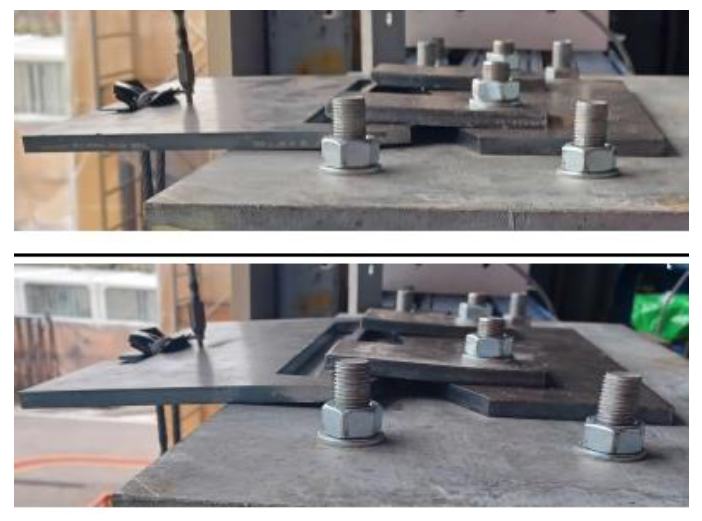Beneficial Effects of Dissipative Brackets on Glazed Façade Maximum Capacity under Blast Loading

Abstract
During the early 2000s, facade blast enhancement was characterized by heavy design, tempered thick glazing, rigid framing and massive connections to the building structure. The research undertaken in more recent years has shown that most part of the reinforcements was not required to match the protection targets. On the contrary, a dissipative strategy was incorporated, to analyse the façade element post-elastic behaviour, in order to use as much as possible their inherent energy absorbing properties and developing dynamic calculations with reduced conservative assumptions. It has been possible to supply a high degree of resilience also to buildings with less safety demand, but affected by significant blast risk (soft targets or indirect targets). The reduced incremental façade cost and the negligible impact on functionality and aesthetics, compared with the benefits in terms of financial loss reduction, have favoured a systematic approach in world areas affected by large terrorist threat. The deformable bracket patented by Permasteelisa has upgraded the dissipative effect, increasing the maximum blast the glazing can resist up to the failure and reducing the load transfer to the building, resulting in sustainable blast risk mitigation, not just for individual buildings, but as coordinated
strategy in urban areas. This paper describes measurable cost and environmental benefits, showing different design solutions and experimental test validations of the dissipative brackets.
Published
Issue
Section
Strength, Stability & Safety
License
Copyright (c) 2024 Guido Lori, Giampiero Manara

This work is licensed under a Creative Commons Attribution 4.0 International License.



